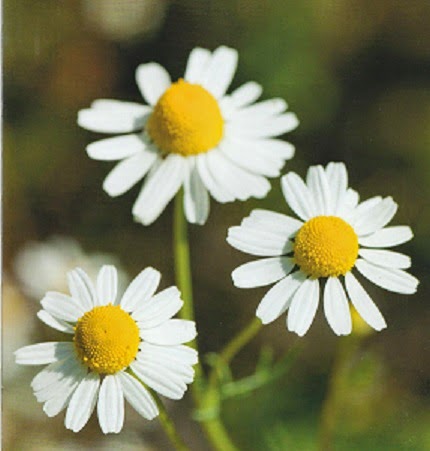Many of the body's nerve endings are in the hands and feet, so hand and footbaths can feel especially delicious. they can lessen the symptoms of many conditions, such as arthrtis, colds, flu, and poor circuation. Footbaths, in particular, can help improved conditions of the lungs, bladder, prostate, and uterus. They also can be very therapeutic in treating odoriferous and aching feet, as well as in helping to reduce cellulite, swelling, calluses, leg cramps, and varicose veins. And they are an excellent preventive treatment at the first signs of a cold, sore troat,headache, or congestion in the eyes and ears, asthe heat draws congestion away from the respiratory sistem. footbaths can, depending on the health concern being addressed and the ambient temperature, be hot or cold, or they can aternate between hot and cold. they are a lovely precursorto foot massage,or better yet, you can massage the feet while soaking them. To prepare the bath, make a standard herbal tea using ...











